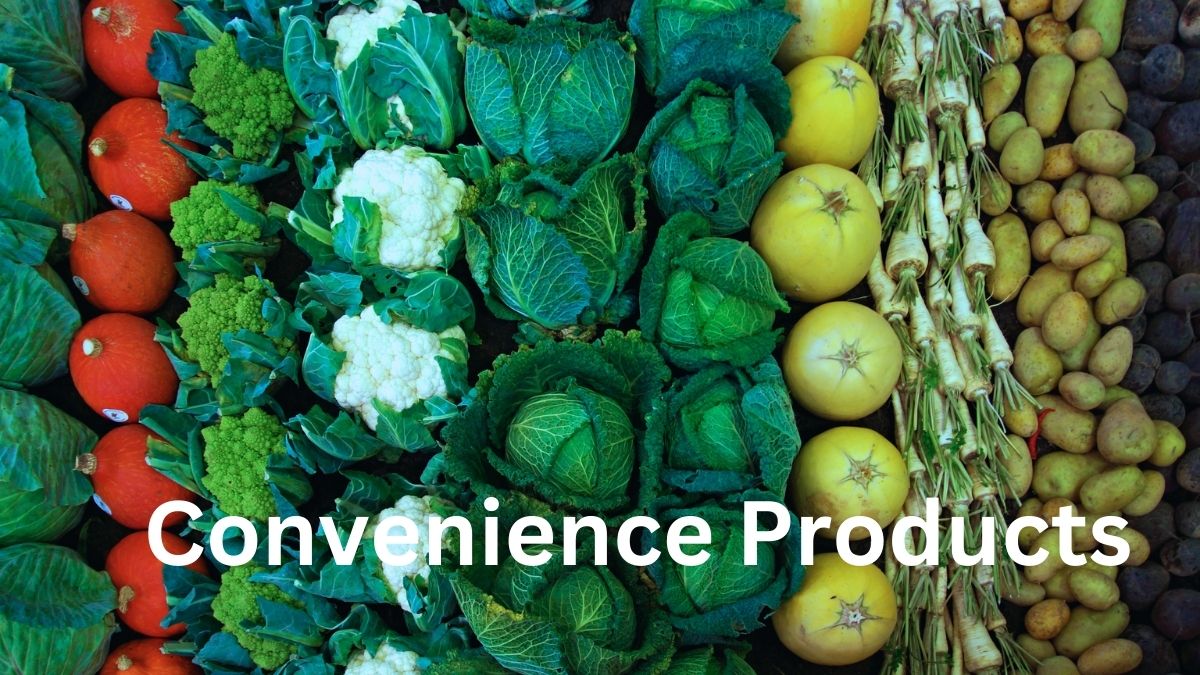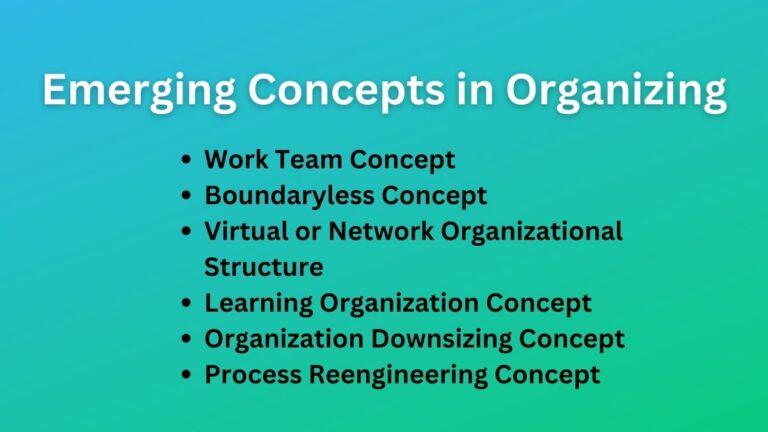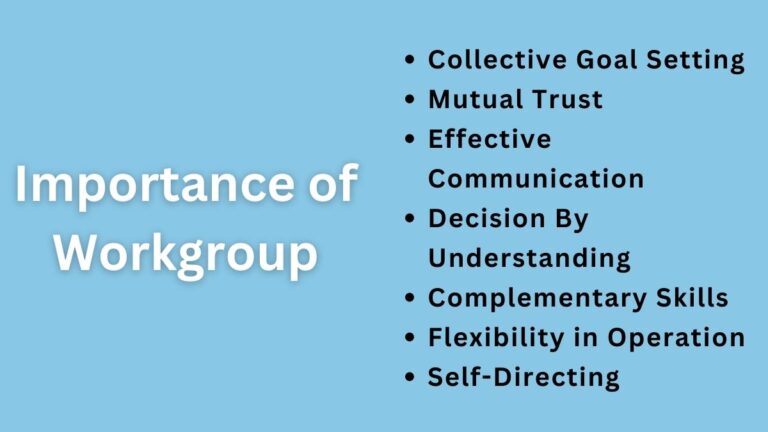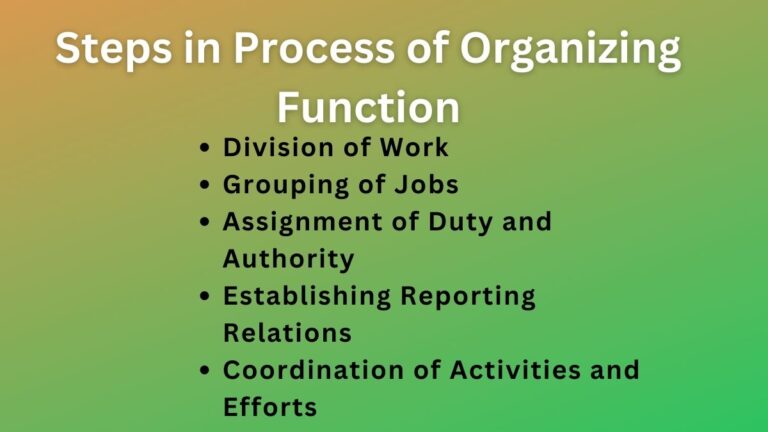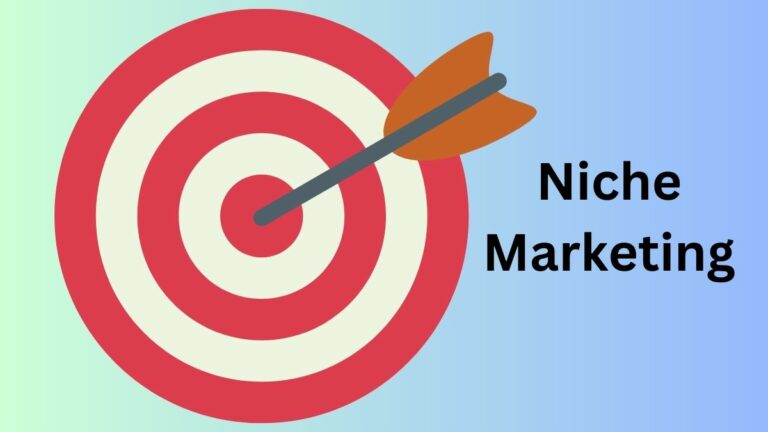What is Convenience Product? Definition, Characteristics, Types, and Examples
What is a Convenience Product?
A convenience product is a product that consumers frequently purchase, is inexpensive, and with little effort and time. Consumers require convenience products on a regular basis and they usually have prior knowledge about the products as such they think less while picking the products.
Examples of convenience products include foods, milk, salt, toothpaste, detergent, etc. These products are easily available in the markets, consumers can easily compare the products, and choose the convenience for them.
Mostly these products are of low prices. As such, companies have to involve in mass production, mass promotion, and mass distribution. They place products in different locations to make it easy for consumers to buy the products.
Consumers show little involvement in purchasing while buying convenience products as they purchase frequently. And, there are also different similar brands available as such consumers rarely compare the products.
Characteristics of Convenience Product
A convenience product is one of the types of consumer products and other includes shopping, specialty, and unsought products. The followings are its main features:
Related: What is Shopping Product?
- Low Price – Usually, convenience products have low prices. These include the normal products people use regularly.
- Easy Availability – These products are easily available in different locations, retail stores, and shops as such consumers can easily buy from the place convenient to them.
- Consumable – Most convenience products are consumable in nature such as milk, rice, vegetables, etc.
- Frequently Purchased – These products are frequently purchased by consumers to meet their daily needs.
- High Competition – There is high competition in the selling of convenience products. Consumers have different product options available.
- Non-Durable – The life cycle of these products is for a short period as they are consumed and used immediately.
Types of Convenience Products with Examples
Staples, impulse, and emergency are the three main types of convenience products.
Staples Products
These include the products that are low priced and consumers purchase most frequently or on a regular basis. They spend very little time and effort purchasing staples products.
Examples of staple products include purchasing vegetables, fruits, dairy products, rice, flour, oil, etc. which consumers need on a regular basis.
Also Read: What is Actual Product?
Impulse Products
Impulse products are not necessary as staple products and are impulsive in nature. Consumers do not usually think of buying these products when they are shopping but they end up buying.
For example, you may go to a store, buys grocery items, and while paying the bill you have left Rs. 3, you probably buy chocolate for this amount. It wasn’t on your shopping list however you bought the chocolates.
Buying impulse products is mainly influenced by advertisements. Examples of impulse products include cake, ice cream, chocolate, chewing gum, candy, magazines, newspapers, etc.
Emergency Products
Emergency products include products that are required to meet unexpected needs. Consumers usually do not think of buying emergency products but the situations force them to do that.
For example, when you have a headache you need to buy a pain reliever pill, when you are walking on the street and suddenly rain starts you need to buy an umbrella, etc.
Customers frequently don’t have time to explore their best selection because they buy these things in times of emergency, so they instead opt for what is available where they are.
Also Read: What is Augmented Product?
Strategies For Promoting Convenience Products
Let’s discuss some of the strategies following which you can promote convenience products. Since consumers do not spend much time and effort on buying these products.
You must put an effort to ensure that consumers buy your convenience products. For this, you should consider the following three strategies.
- Keep the product’s price low and minimize the purchasing time.
- Make sure products are available in places convenient to consumers.
- Retailers do not advertise convenience products as such you should do mass production, mass promotion, and mass distribution to reduce overall costs and achieve economies of scale.
Also Learn About: What is Specialty Product?
Sajan Kushmi is a content writer with more than 4 years of experience. He holds BIM Degree. He write on the topics related to Management, Marketing, and Entrepreneurship.
